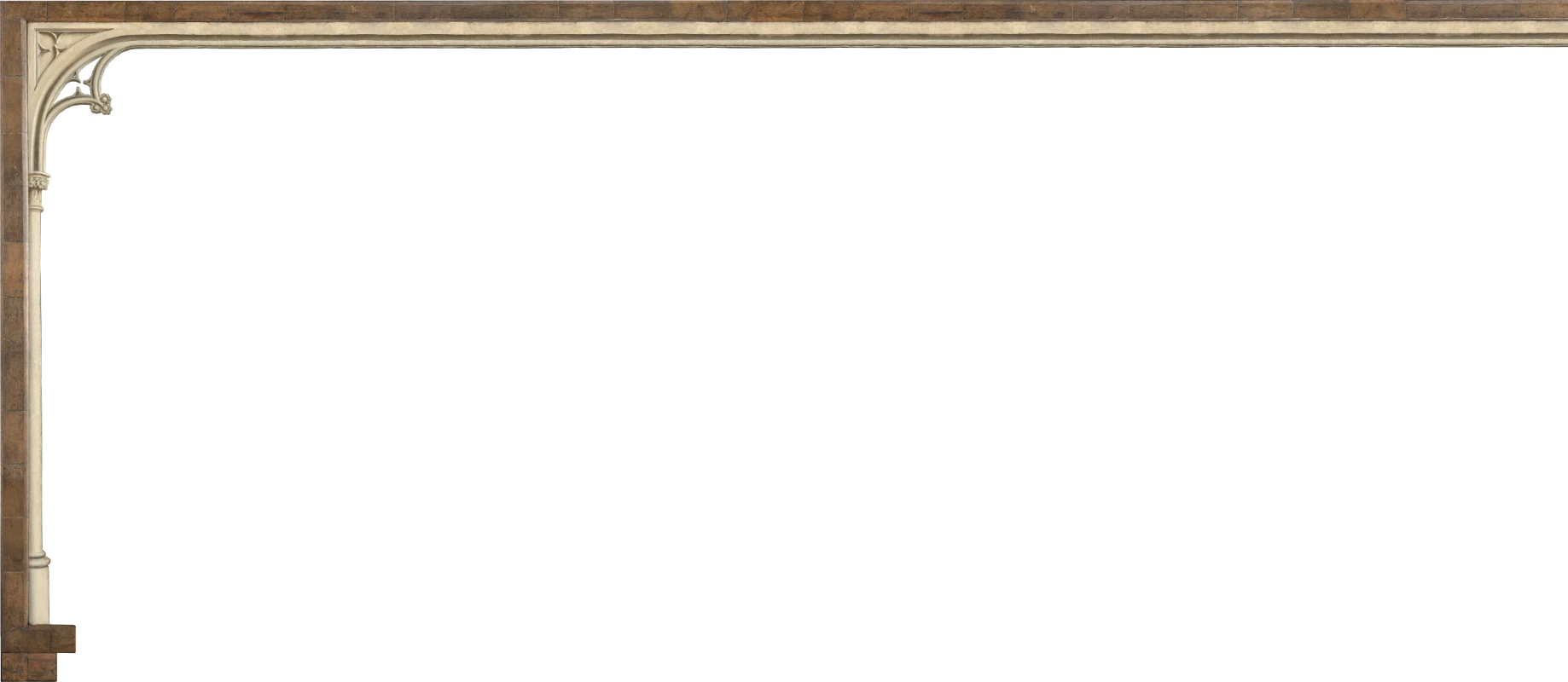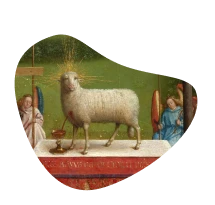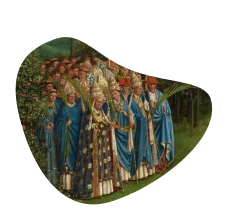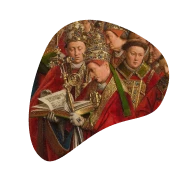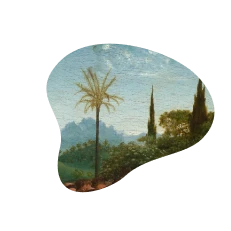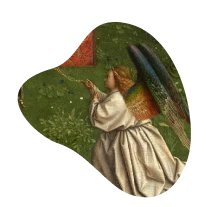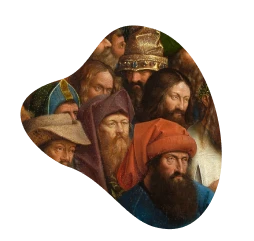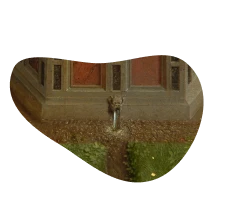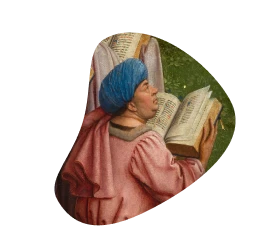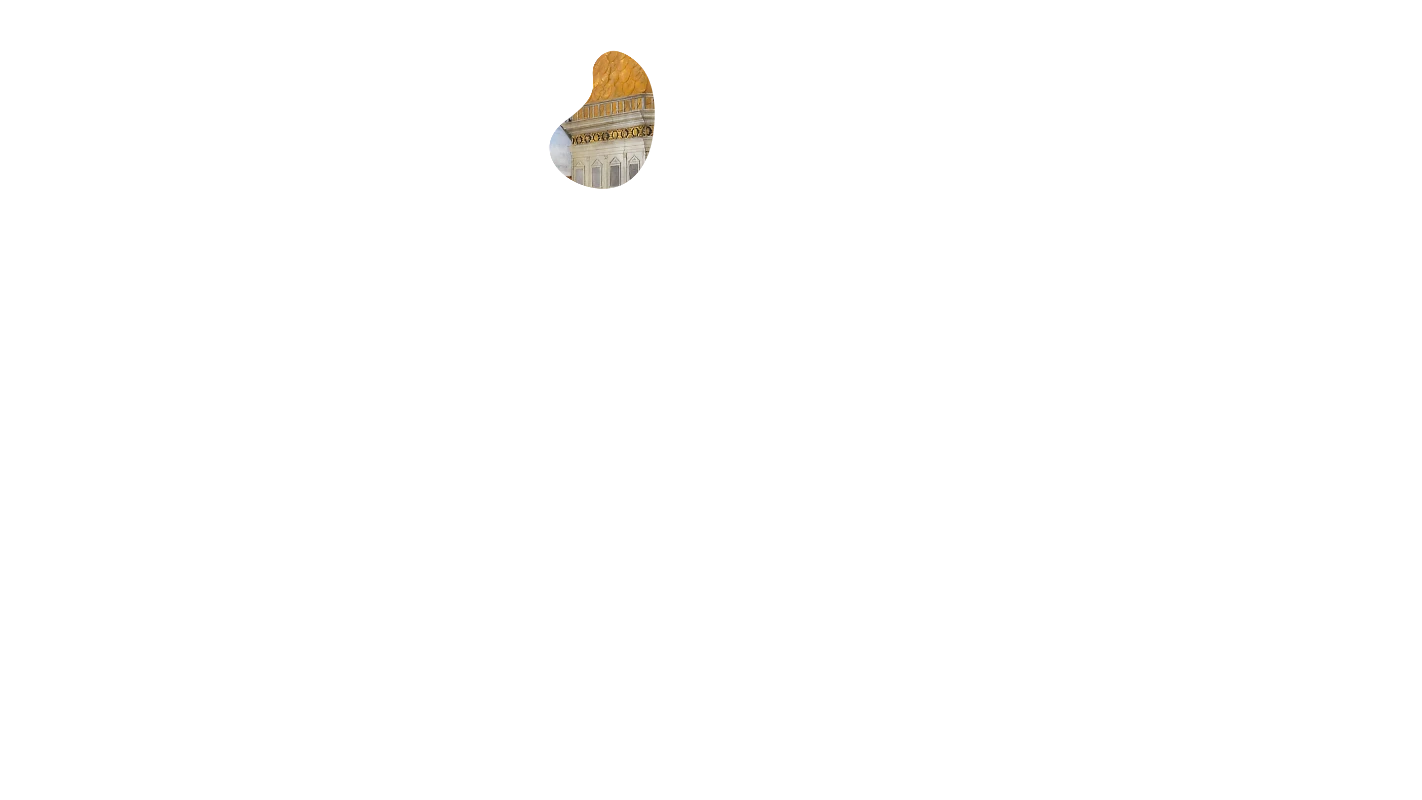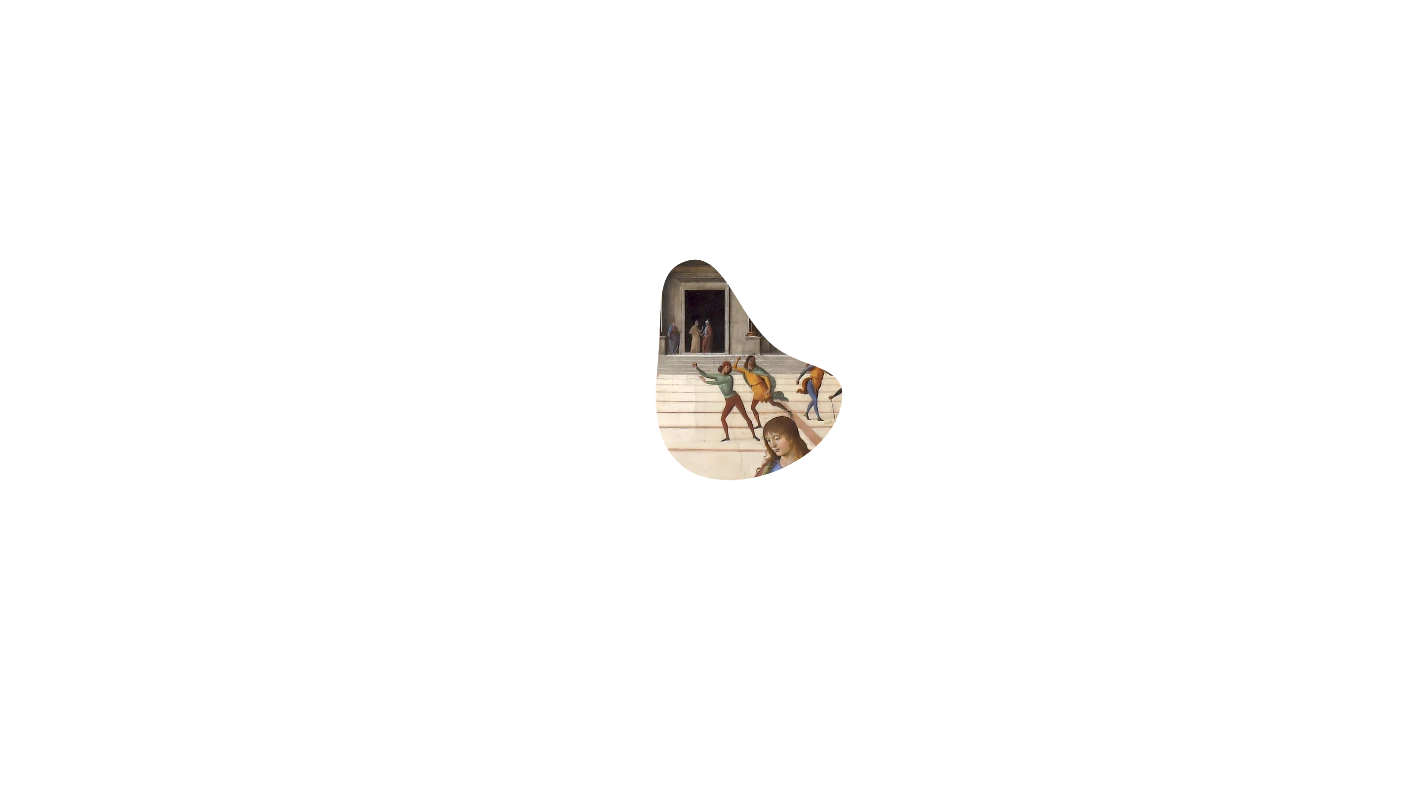Missa Malheur me bat is based on a secular three-voice chanson, probably written by a little-known Flemish composer called Malcort, whose obscurity should not detract from the beauty of his song, nor from the fact that it became a favorite model for mass settings by composers active around the year 1500, including Agricola and Obrecht. How strange, then, that not one of the nine sources for it provides any words apart from the title—the performance given by The Tallis Scholars at the 2008 Promenade Concerts in the Royal Albert Hall, London, was made possible by commissioning a contemporary poet, Jacques Darras, to complete the text.
Before Josquin the normal procedure in basing a mass setting on a chanson was to take one of the original voice parts, often the tenor, and derive all the motifs to be used in the mass from it—a so-called paraphrase mass. However, in Malheur me bat Josquin went a stage further by plundering all three of the voice parts for quotable material, at a stroke tripling the stock of ideas he could draw on. One of the first examples in this tradition of parodying a polyphonic model was Josquin’s Missa Fortuna desperata; in the later Malheur me bat he we can hear him refining and developing these techniques.

These techniques are astonishingly complicated. Just about every bar of every movement in Malheur me bat is underpinned by a quotation from the model in question, though there seems to be no logic to how Josquin decided which of the three voices he was going to home in on, or whether more than one is being used at any given moment (all three tend to appear at the beginning of the movements), or what speed the chosen melody is being quoted at. In general, he liked to construct his polyphonic lines out of quite short motifs, often quoted as sequences which become building blocks.
More often than not his resourcefulness is not clearly audible: in both the Gloria and the Credo of Malheur me bat, Josquin quotes a melody, stops, goes back to the beginning of it again and quotes more of it, stops again, returns again to the beginning and quotes yet further in a kind of expanding loop. Yet this thematic scaffolding is only part of the story. Around the “big” quotations, Josquin borrows or invents literally endless tiny motifs, which serve to disguise the pure mathematics which underlie so much of the writing, while at the same time expressing the essential nature of the texts and driving the musical argument forward.
The second Agnus, for two voices, is a free canon at the second. This, the most difficult canon of all to write, produces a mesmerizing, unearthly effect.
All this wisdom in the art of composition in these masses culminates, not unlike a Romantic symphony, in the last movement. By intensifying the learning which underlies the Agnus Dei setting, as well as intensifying the symbolism inherent in the borrowed themes, Josquin in his own style achieves a symphonic breadth of expression. Missa Malheur me bat’s Agnus has three invocations, which was the normal procedure in Josquin’s time and place. In the first one, the tenor carries a simplified version of the chanson tenor in long notes, while the other voices surround it with a classic example of Josquin’s building blocks with a repeating motif. The second Agnus, for two voices, is a free canon at the second. This, the most difficult canon of all to write, produces a mesmerizing, unearthly effect.
The third Agnus is one of the great tours de force of the repertory, similar in method to the final Agnus of Josquin’s Missa L’homme armé sexti toni.
The third Agnus is one of the great tours de force of the repertory, similar in method to the final Agnus of Josquin’s Missa L’homme armé sexti toni. The four voices of the earlier movements have become six. The outside parts of the chanson are retained without alteration while the middle part of the original is removed altogether and replaced with a double canon (that is, with two sets of two voices in canon with each other). In this way the music from the chanson acts as a scaffolding for the filigree detail of the canonic parts, coming and going as they like, as it seems outside time.
© Peter Phillips / Gimell Records




